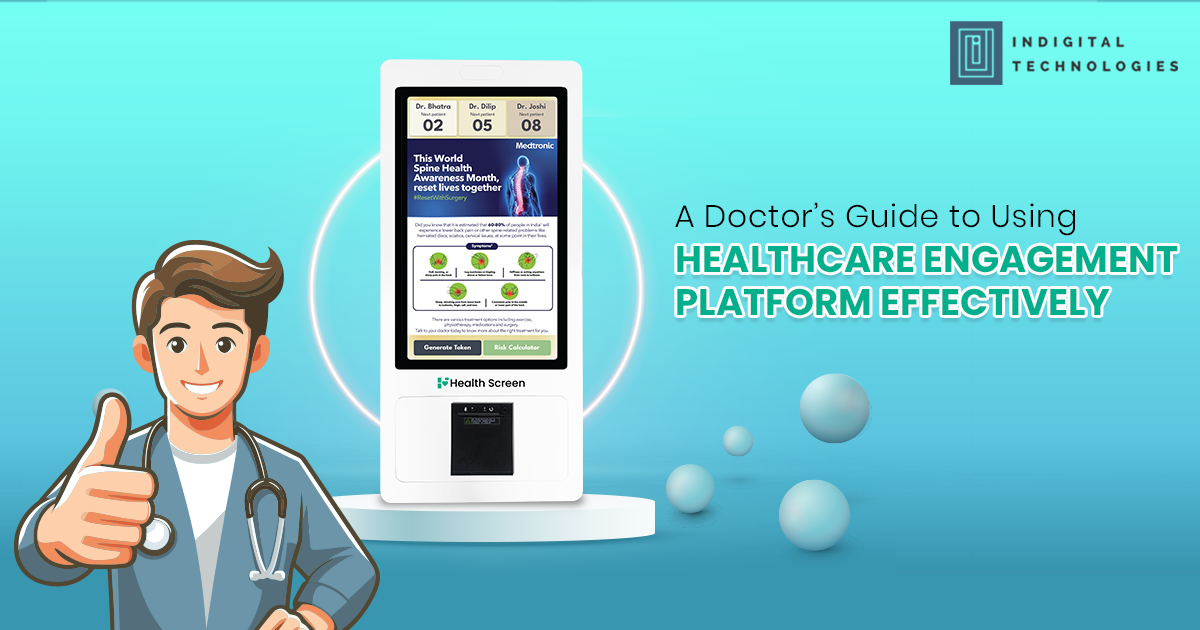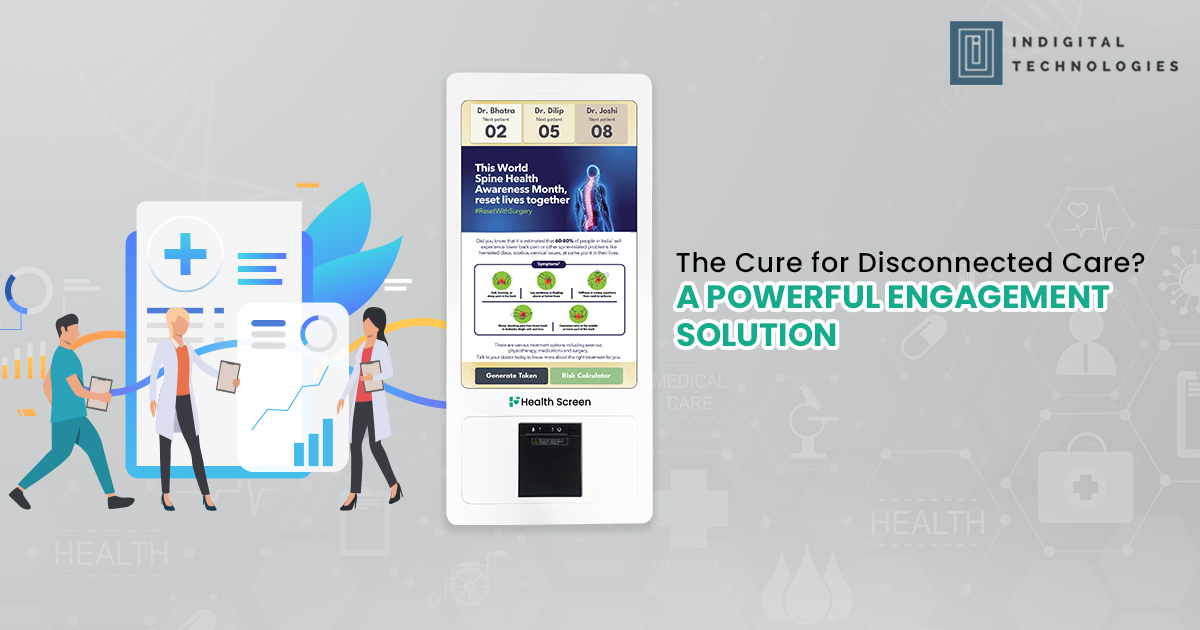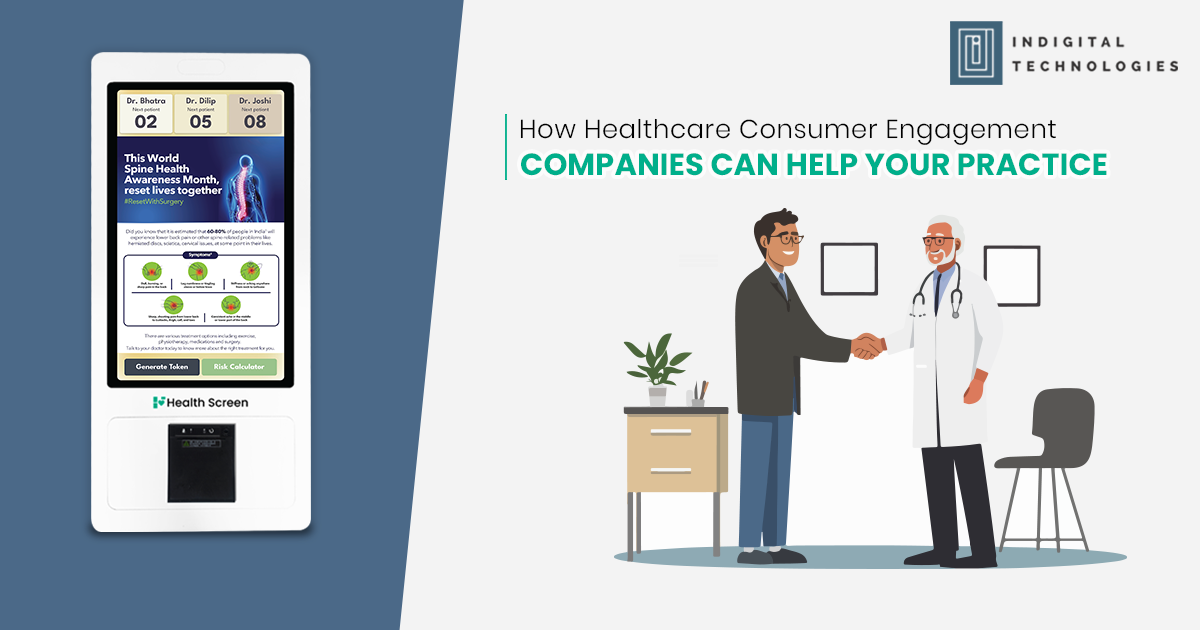In today’s healthcare environment, clinical excellence is only part of the equation. How doctors communicate, educate, and engage with patients has become just as critical to building trust and improving outcomes.
Healthcare engagement platforms have emerged as powerful allies in this journey. However, their success depends not just on adoption but on effective usage. For doctors aiming to maximize the benefits, understanding the right way to integrate these tools into practice is essential.
Why Engagement Matters Now More Than Ever
Patients in 2025 expect more than treatment — they expect partnership. They want their healthcare providers to support, guide, and empower them throughout their care journey.
Healthcare engagement platforms enable doctors to extend care beyond the clinic walls, offering patients digital touchpoints that reinforce medical advice, provide education, and support adherence.
When used effectively, these platforms can boost patient satisfaction, treatment success, and even clinic efficiency.
Practical Strategies for Doctors
1. Start with Clear Goals
Before integrating any engagement platform, define what you want to achieve. Are you aiming to:
- Reduce appointment no-shows?
- Improve medication adherence?
- Enhance patient education?
- Collect real-time feedback?
Clear goals will guide how you configure and use the platform’s features — ensuring a focused, impactful deployment.
2. Personalize Patient Communication
Patients appreciate when communication feels tailored to their needs. Use available customization features to send:
- Condition-specific education materials
- Reminders aligned with individual treatment plans
- Personalized wellness tips
Personalized engagement feels less like marketing and more like genuine care, strengthening the doctor-patient bond.
3. Integrate into Existing Workflows
For engagement platforms to succeed, they must blend into your daily routine seamlessly. Choose solutions that integrate with appointment scheduling systems, EMRs, or patient databases.
The goal is to automate engagement as much as possible — reducing manual work and allowing doctors and staff to focus on clinical care.
4. Focus on Education, Not Just Reminders
While reminders are important, true engagement goes deeper. Educational content — videos, infographics, FAQs — helps patients better understand their conditions, treatments, and preventive strategies.
When patients are informed, they are more compliant, more satisfied, and more likely to achieve positive outcomes.
5. Encourage Two-Way Interaction
Patient engagement isn’t just about sending information; it’s about creating conversations. Use features like:
- Patient feedback surveys
- Health tracking updates
- Follow-up satisfaction check-ins
Two-way communication shows patients that their voices matter and provides valuable insights to improve your services.
Overcoming Common Challenges
Even the best tools can face hurdles. Some common challenges include:
- Patient adoption reluctance: Overcome this by explaining the benefits during consultations and making the process simple.
- Staff resistance: Train your team early. Show them how the platform saves time and improves service quality.
- Data privacy concerns: Ensure that the engagement solution you choose complies with relevant privacy regulations like India’s IT Rules and HIPAA guidelines.
Proactive planning and communication can turn these potential obstacles into stepping stones for success.
Long-Term Benefits for Your Practice
When used effectively, healthcare engagement platforms offer:
- Higher patient retention: Engaged patients are more loyal to their healthcare providers.
- Better clinical outcomes: Regular communication boosts adherence and proactive health management.
- Enhanced reputation: Satisfied patients spread the word, both offline and online.
- Operational efficiency: Automating follow-ups and reminders reduces workload on administrative staff.
Pharma managers also recognize these platforms’ value, as they support adherence programs and educational initiatives aligned with therapy goals.
Conclusion
In a healthcare system that’s becoming more patient-centered by the day, engagement is no longer optional — it’s essential.
By strategically using healthcare engagement platforms, doctors can elevate their practice, improve clinical outcomes, and build lasting relationships with patients.
Technology is only as powerful as the way it’s used. When doctors combine their clinical expertise with thoughtful digital engagement, the result is not just better healthcare — it’s a better patient experience.





